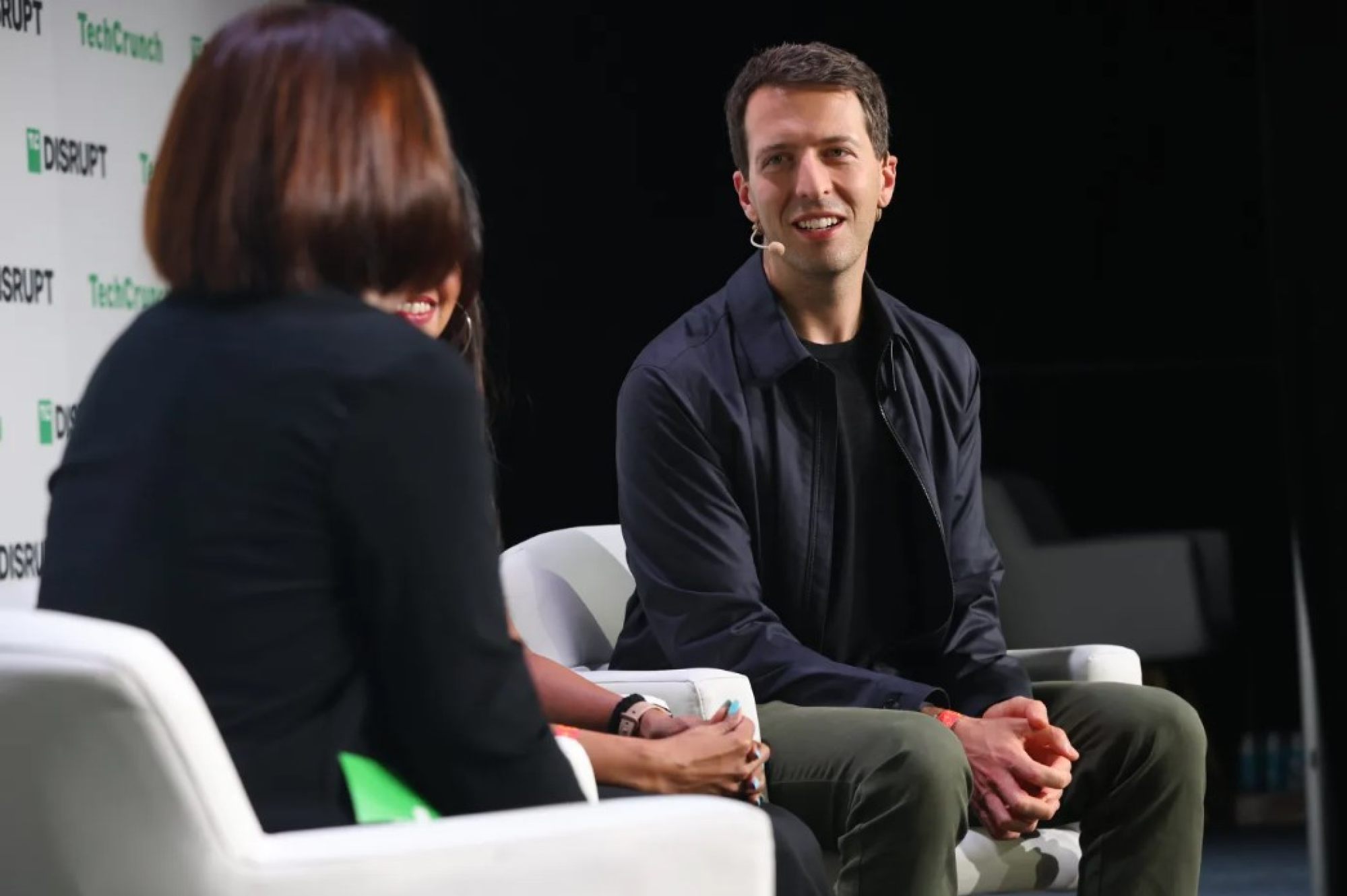
03 Jan Why remote skilled workers around the world can solve global talent shortage problem
This report comes after almost three-quarters of Hong Kong’s employers – 74 per cent – said in April that they were struggling with talent shortages, with 61 per cent having faced the problem for up to three years, according to a poll of 196 employers questioned for Hong Kong General Chamber of Commerce’s own “Talent Shortage Survey 2023”.
Yet another study into Hong Kong’s job market carried out by Remote, a global human resources platform, shows an even greater problem, with 85 per cent of employers saying they are struggling to find talent.
“For individual businesses, failing to hire particular talent will result in slower growth,” Job van der Voort, co-founder and CEO of Remote, says.
“We see the opposite in some economies in the world, where there’s an abundance of, for example, very technical talent, but they have limited local opportunities,” Van der Voort says. “That’s one of the reasons my company exists. I think we can solve this to a very large degree by simply hiring people globally instead of hiring directly near the office.”

The solution Remote enables is called a “distributed workforce”, where a company’s employees work remotely from all around the world. It particularly benefits businesses that require a lot of knowledge-based workers.
Traditionally, companies with the resources have looked abroad for talent, but they also require the newly hired employee to relocate. Apart from the costs involved, this also puts a limit on the number of candidates willing to move abroad. That certainly has been the case following the Covid-19 pandemic, which saw knowledge-based workers become accustomed to the flexibility of remote work and the benefits that come with it.
“These highly skilled workers might look out for employment from globally distributed companies that allow them to work remotely,” Van der Voort says. “They get a few extra hours in a day for whatever they want to do because they don’t have to commute. This is a trend that we continue to see, that it is incredibly important to these individuals that [they] have a greater sense of freedom.”
He says that while there is a case to be made for employers to look globally for talent they need, the biggest hurdle is for them to overcome the fear of change. “It’s much easier to do things the way you have already been doing them, but the new situation that businesses face demands a certain level of flexibility,” he says.
Remote’s 1,200-strong global team includes many legal professionals who can help clients navigate the dissimilar regulations, taxes, and labour laws in different countries, and it also offers a centralised digital payroll system integrated with a global HR information system (HRIS) that contains all of a workforce’s data in one place.

While migration of a legacy payroll system to a new one may seem daunting, Remote makes use of artificial intelligence tools to ease the process, and Van der Voort says that effort is worth it.
“We have worked with several companies in Hong Kong and they just switched over in a week,” he says. “They played around with it, and when they were happy with it they just moved everybody over. The actual work [involved] is not a lot of time; it’s more of a transition process and getting everybody used to the new tool.”
For a larger company, it may take a longer time to migrate, but the savings are also proportional, Van der Voort says. “There is one particular company we work with that is a large financial institution with around 5,000 employees, and I believe the savings were above 80 per cent once it came fully on board with Remote.”
Remote can also act as an employer of record for clients, and help make onboarding – which ensures new staff submit documents, complete required HR checks and become familiar with a company – hassle-free. “We can onboard someone in 30 minutes,” Van der Voort says.
Companies that are used to their staff working in offices may also worry about the “unknowns” of hiring remote workers, such as the impact it may have on productivity and cohesiveness among employees. But Van der Voort, whose company’s fully distributed workforce is spread across more than 100 countries, can address those concerns from his own experience.
He says the idea of Remote was born during his time as vice-president of products at GitLab, an open-source software company. “I joined the team [in 2015] when the company was just getting started, and when I left [in 2019] we had over 400 employees. Over that time, we never had an office and would just hire the best person we could find, independent of where they were on the planet.
“One of the questions was whether we could work efficiently, and scale the company based on that model. We knew it would work for open-source work, but could you get the sales team aligned? We anticipated that part would be more difficult, but it wasn’t. They enjoyed the aspects of remote work as much as the engineers did.”

Van der Voorst says that apart from setting up the infrastructure that enables staff to communicate remotely, Remote also has guidelines about how to collaborate and work together in a fully distributed workforce. Calls and meetings are arranged only when required, and staff may also choose to arrange them by themselves.
“We want to make the environment safe for everyone to communicate,” he says. “People are encouraged to communicate, and even overcommunicate. We also have a trick named ‘coffee calls’, where we randomly match two colleagues up once a week for a 30-minute virtual meeting, to have a non-transactional conversation and talk about anything.
“You have to be intentional about creating a connection to the workplace and to other colleagues. That is something that requires behavioural change and organisational change.”
Van der Voort says the result is a happier workforce, where the turnover rate is low. “Many fully distributed companies are much more diverse workplaces,” he says. “At Remote, more than half of our employees are women, and more than 40 per cent of our engineers are women. When you increase your total pool of talent and give them flexibility, it becomes much easier to build a diverse workforce and it also drives the retention rate up.”
It seems that for companies striving to grow in our rapidly evolving digital world, having a partially or fully distributed workforce is not just an option: it’s absolutely imperative.
